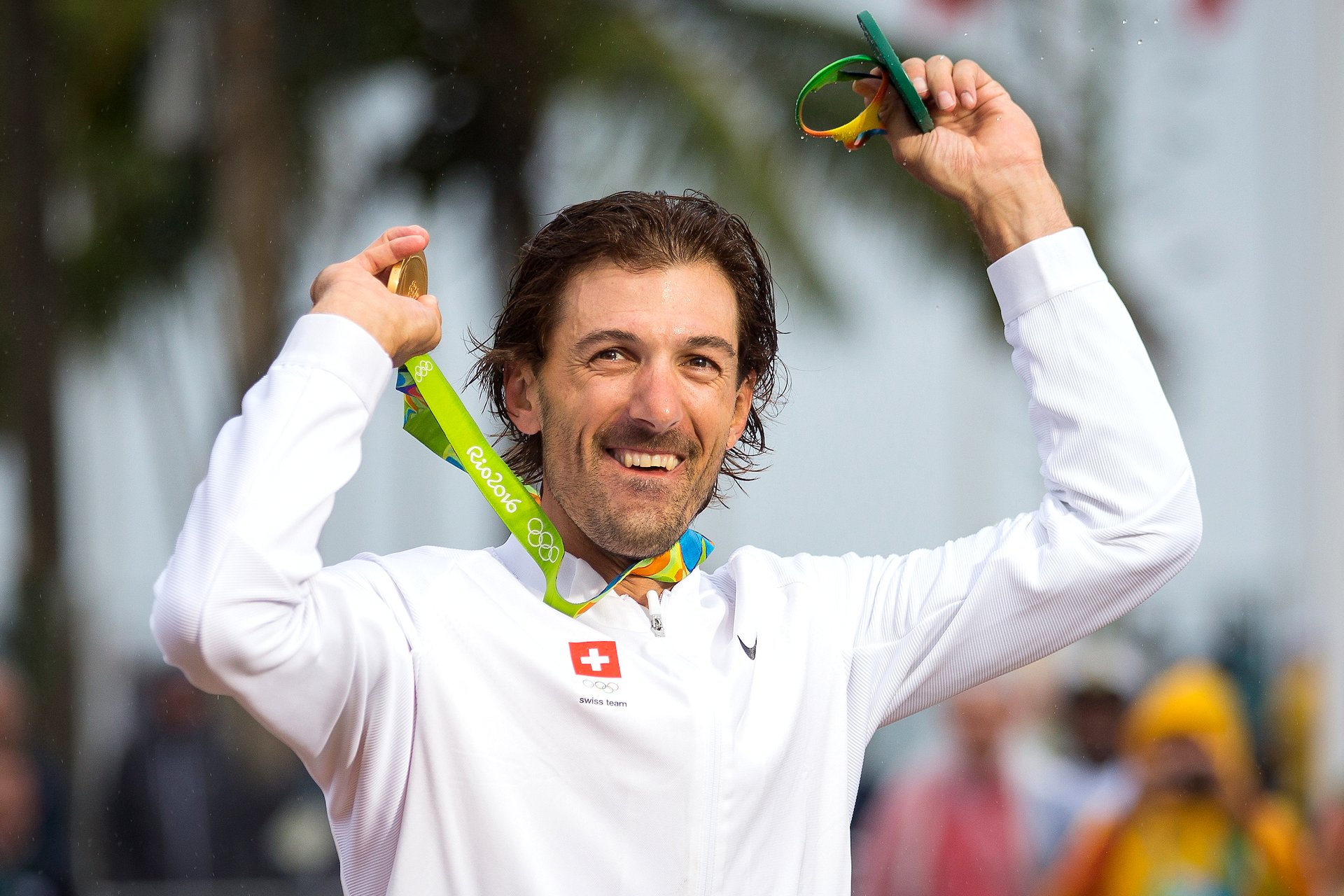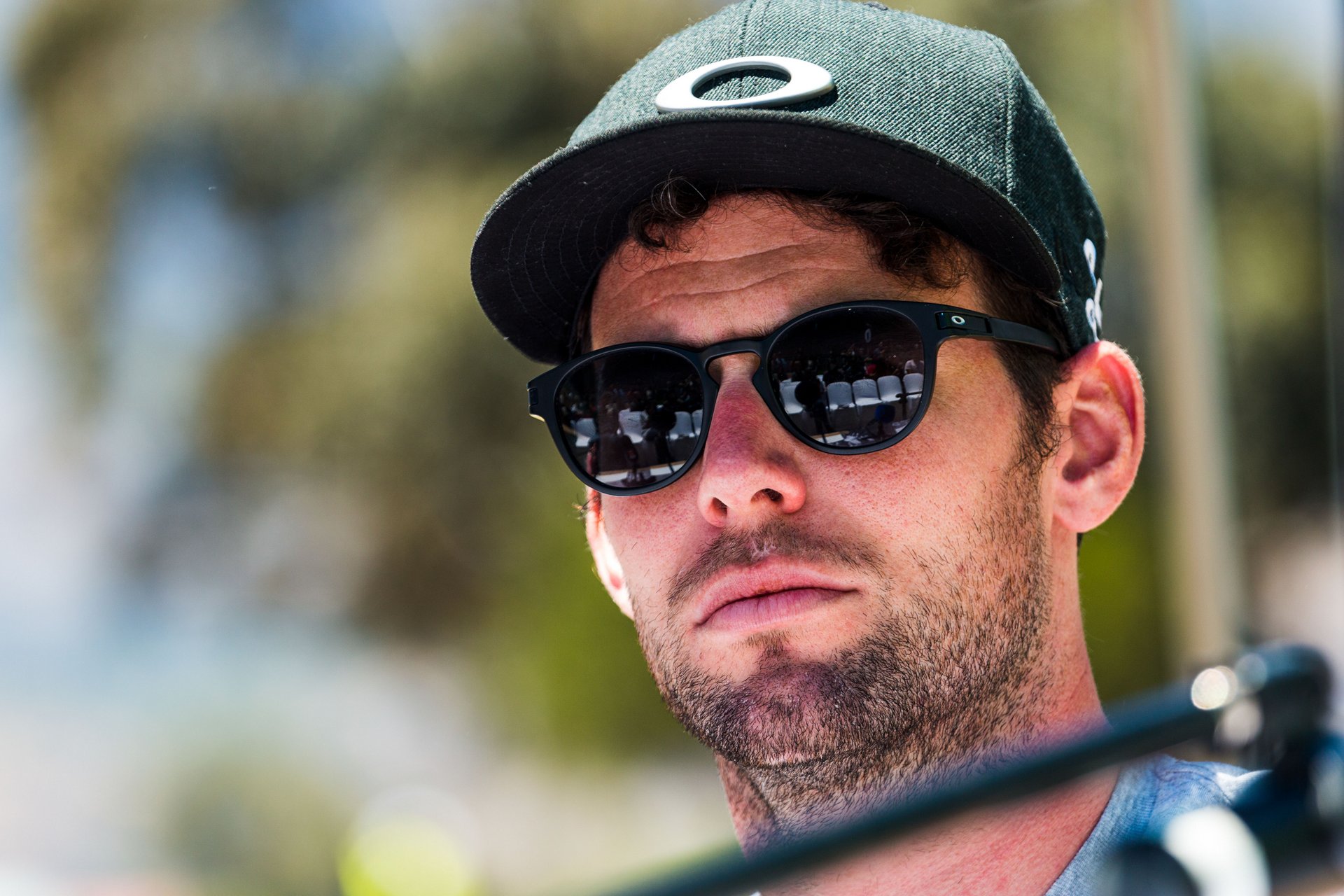The tight-knit group shows the first signs of fracturing as the road begins to rise. It’s only a short climb – a speed bump just a couple of hundred metres long – but the gradient nudges over ten per cent and that’s enough for small gaps to grow between wheels. “I didn’t know there was a climb in Richmond Park,” says one rider with a chuckle, moving up from behind my right shoulder. It’s Fabian Cancellara.
The group returns to formation at the crest of the hill and I find myself on the front of the bunch with one of cycling’s undoubted all-time greats. A two-time Olympic champion, four-time world champion, three-time Tour of Flanders and Paris-Roubaix winner, and eight-time Tour de France stage winner. I’ve ridden this road countless times before, but never in such illustrious company.
Cancellara, who retired from cycling after the 2016 Olympic Games, where he won a second time trial gold medal after previously triumphing in Beijing, is in London as an ambassador for Gore, but this isn’t the 36-year-old’s first visit to Richmond Park. As our group swoops down the short descent of Dark Hill, we join the London 2012 road race route.
Around half of the park’s seven-mile loop, a haven for the city’s cyclists, was used in 2012. Just ten miles from the finish line, Cancellara crashed on a fast right-hand turn at Kingston Gate, locking his wheels and hitting the barriers while leading the 32-rider breakaway group that had earlier picked the pockets of Mark Cavendish and the Great Britain team.

















